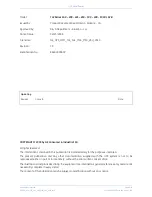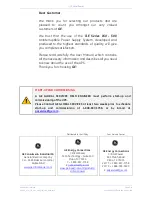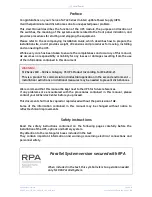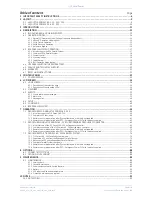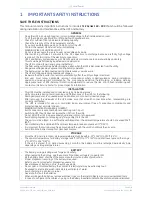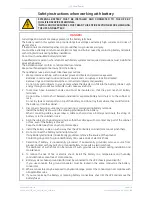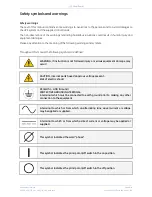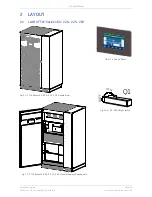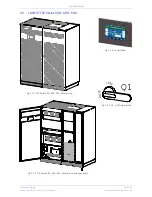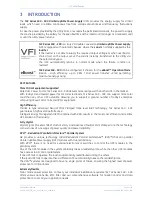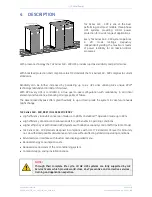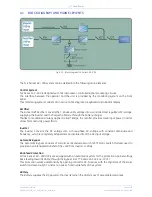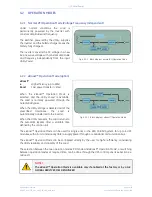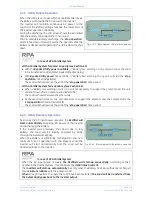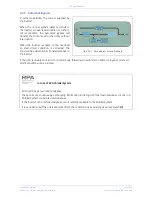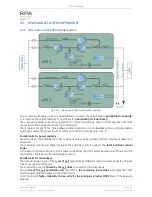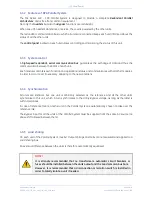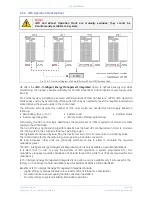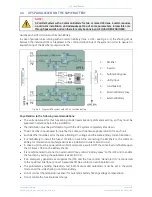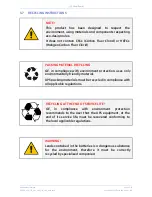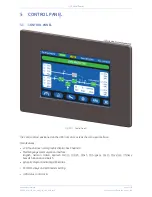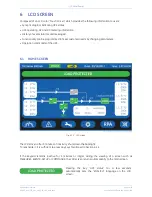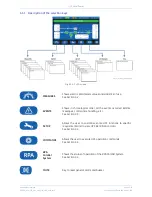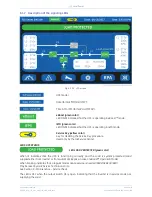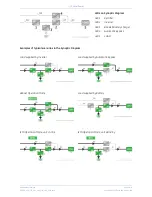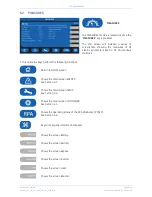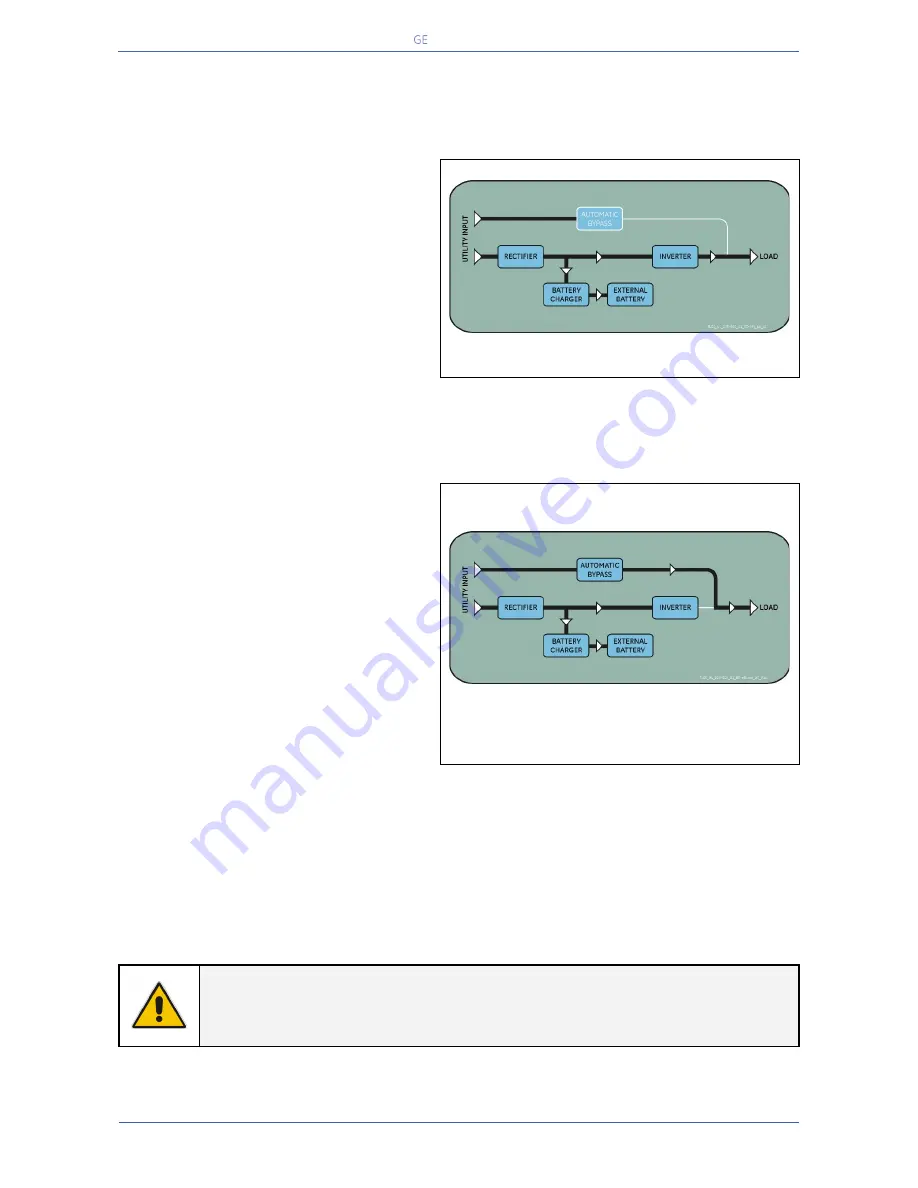
Critical Power
Modifications reserved
Page 14/91
GE_UPS_USM_TLE_SUL_M16_M50_2bU_V010.docx
User Manual
TLE Series 160 - 500 UL S2B
4.2
OPERATION MODES
4.2.1
Normal VFI Operation Mode (Voltage Frequency Independent)
Under normal conditions the
Load
is
permanently powered by the
Inverter
with
constant amplitude and frequency.
The
Rectifier
, powered by the
Utility
, supplies
the
Inverter
and the
battery-charger
keeps the
battery
fully charged.
The
Inverter
converts the DC voltage in a new
AC sine wave voltage with constant amplitude
and frequency independently from the input
Utility Power
.
Fig. 4.2.1-1 Block diagram normal VFI Operation Mode
4.2.2
eBoost™ Operation Mode (option)
eBoost
™
e
High efficiency (up to 99%)
Boost
Fast power transfer (< 2ms)
When the
eBoost™ Operation Mode
is
selected, and the
Utility Power
is available,
the
Load
is normally powered through the
Automatic Bypass
.
When the
Utility Voltage
is detected out of the
prescribed tolerances, the
Load
is
automatically transferred to the
Inverter
.
When the
Utility
recovers, the
Load
returns to
the
Automatic Bypass
after a variable time
defined by the control unit.
Fig. 4.2.2-1 Block diagram eBoost™ Operation Mode
The
eBoost™ Operation Mode
can be used for
single units
or the
RPA Parallel System
, for up to 6 UPS
modules, with all units individually able to supply power through a redundant communication bus.
The
eBoost™ Operation Mode
can be configured directly by the user for higher efficiency, considering
the
Utility
reliability and criticality of the
Load
.
The selection between the two operation modes “
VFI
mode and
eBoost™ Operation Mode
”, or switching
between operation modes at required time, can be done through the UPS
control panel
(see
Section 6.4
/ eBoost
).
NOTE !
The eBoost™ Operation Mode is available only if enabled at the factory or by a GE
GLOBAL SERVICES FIELD ENGINEER
.


